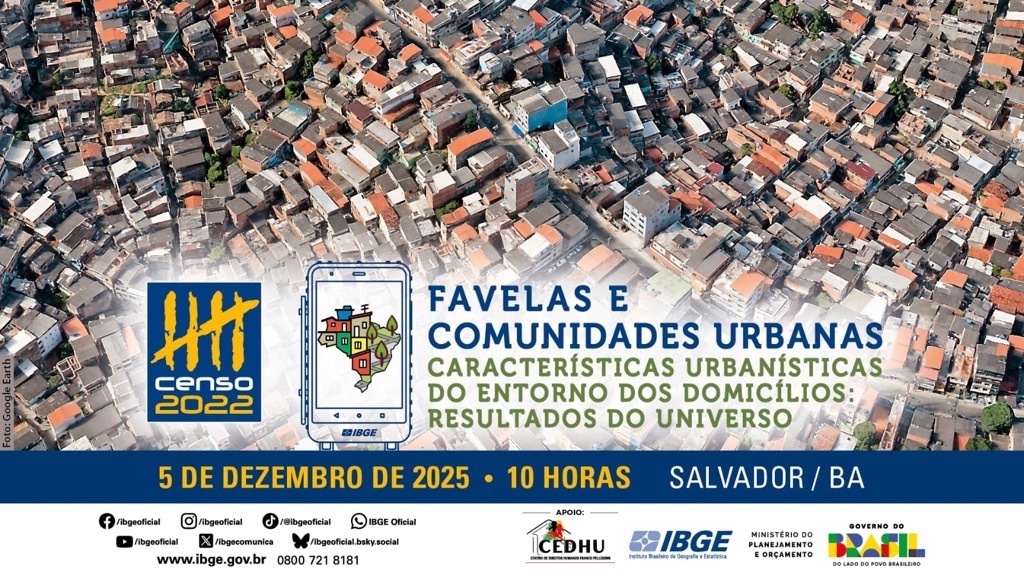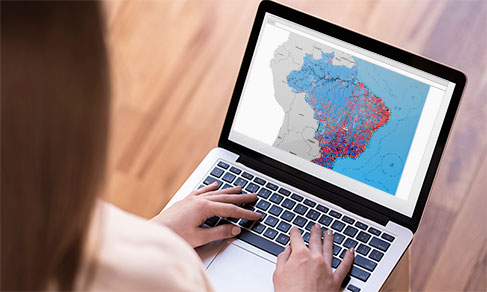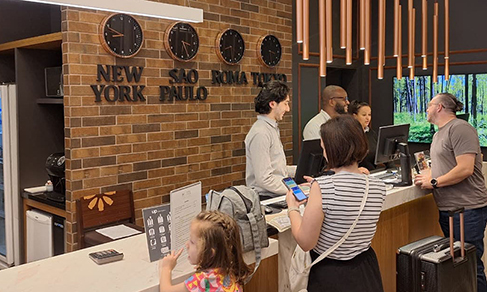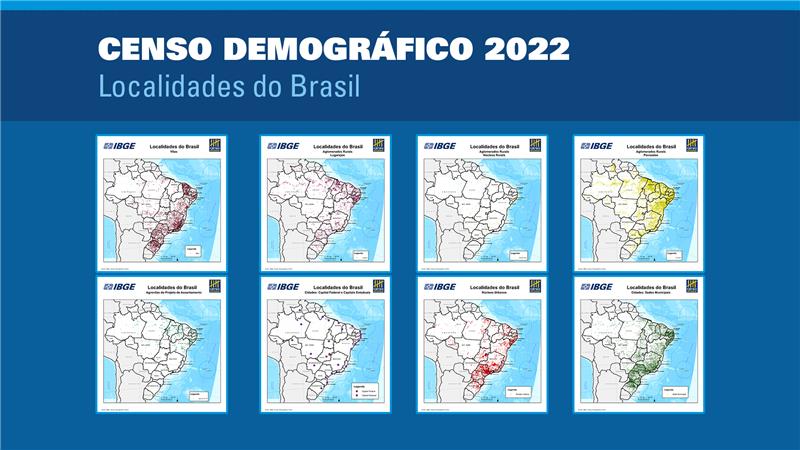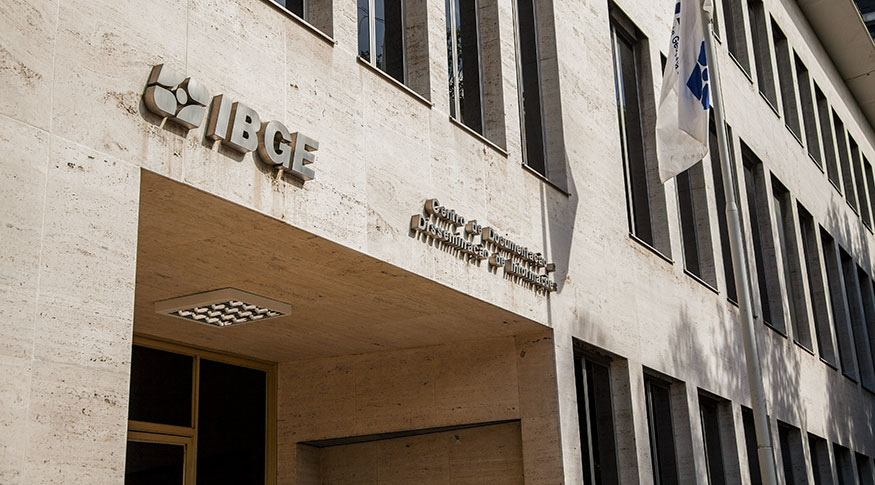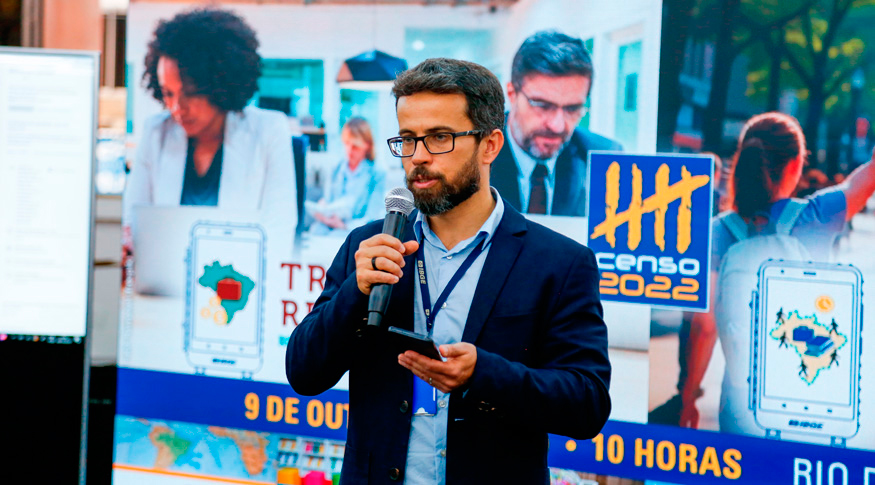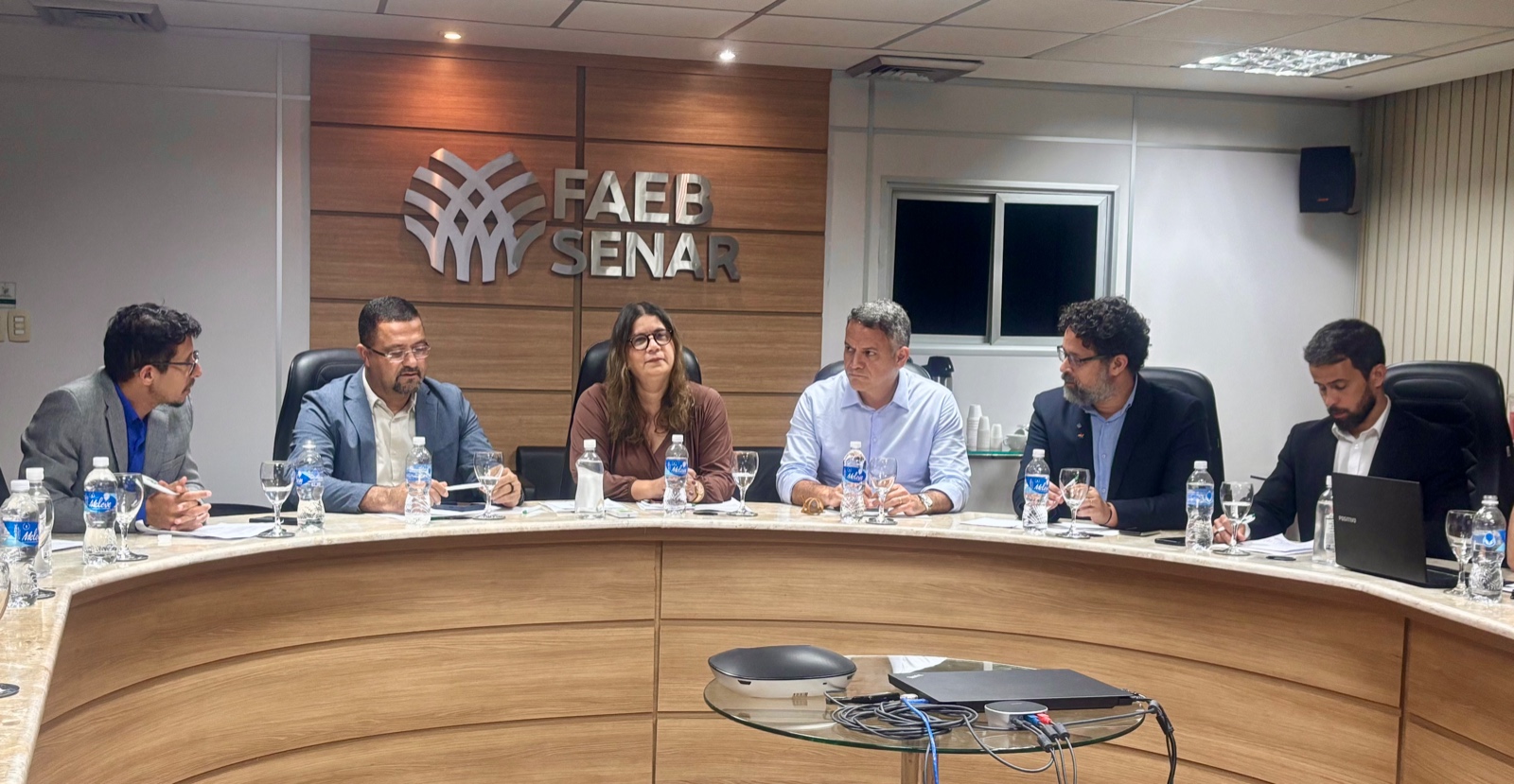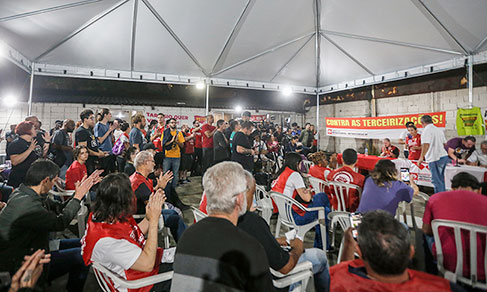System of Cultural Indicators
Cultural sector has average inflation of 3.5% in seven years, below the IPCA
December 05, 2019 10h00 AM | Last Updated: December 06, 2019 05h46 PM
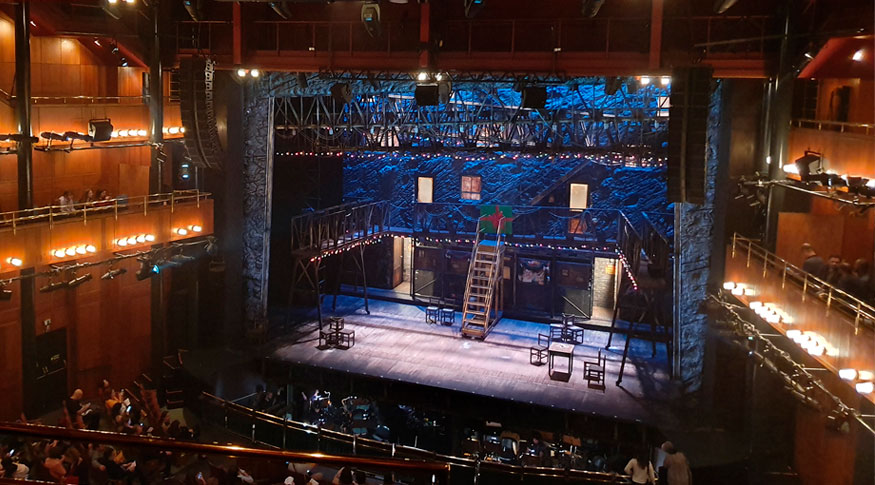
Culture-related prices recorded an average annual increase of 3.5%, below the official inflation, which was 5.9% between 2012 and 2018, as reported in the System of Cultural Information and Indicators, released today (5) by the IBGE, and which includes, for the first time, the Culture Price Index (IPCult), based on data from the Extended National Consumer Price Index (IPCA).
The new indicator monitors the evolution of prices for a fixed basket of cultural goods and services, such as television sets, cinema tickets, sporting events and nighclubs, besides the purchase of musical instruments, language courses and books, for example. These and other items are distributed among seven groups: household articles; personal accessories; persons expenses relative to cultural services; newspapers; magazines and TV subscriptions; teaching products and activities; and telephony services, TV subscription and Internet.
According to the IBGE researcher, Leonardo Athias, the group of telephony services, TV subscriptions and Internet is the main one in the composition of IPCult, accounting for 40% of the basket and with a small and gradual reduction in participation throughout the period, from 42.3%, in 2012, to 39% in 2018.
Personal accessories and newspapers, magazines and subscriptions are the two groups with the smallest participation, around 5%. The others account for between 10% and 15% of the basket. Household articles and telephony services, TV subscription and Internet were the only groups with a trend to decrease in participation throughout the period, being the biggest increase recorded by teaching products and activities (2.4 percentage points in the period).
“The most relevant price changes were those of teaching products and activities (with an annual average change of 7.5%), newspapers, magazines and subscriptions (6.6%) and personal accessories (6.3%). The lowest average changes were those of household articles (0.5%) and telehony services. tv subscription and Internet (2.1%). That reflects a significant reduction of the prices of products and services related to that sector, which may have resuIted in better access to goods and services that form the basket of the index, ” the researcher adds.
By analyzing data by Major Regions, Leonardo Athias observes a bigger part of consumption is in the Southeast and the smallest, in the Northeast. “On the other hand, in al the regions there has been gradual decrease, over time, in the participation of consumption of cultural goods and services in relation to the overall basket of products that form the IPCA, which is related to the relatively smaller price changes of IPCult. In 2012, for Brazil, The Culture Price Index accounted for 7.7% of the IPCA, above the level registered in the end of the period of analysis, 6.6% in 2018”.
The indicator also shows a bigger participation of telephony services , TV subscription and Internet in the Northeast and Central West, whereas personal expenses with cultural products are relatively important in the Southeast and South. Personal accessories record a highest increase in the North and South. Teaching activities and products recorded increases in the North and South. Teaching products and activities recorded increases in the Southeast, Central West and Northeast.
“The consumption of culture by families can be determined by factors related to education, such as quality of teaching and the population's average schooling, for example, or by habits related to different ways of living which define the preference for different types of cultural goods and services. In addition to that, short-term factors such as oscillations in the unemployment rates and average income can also contribute for the change of consumption patterns of cultural goodsa and services ”, the researcher added.





